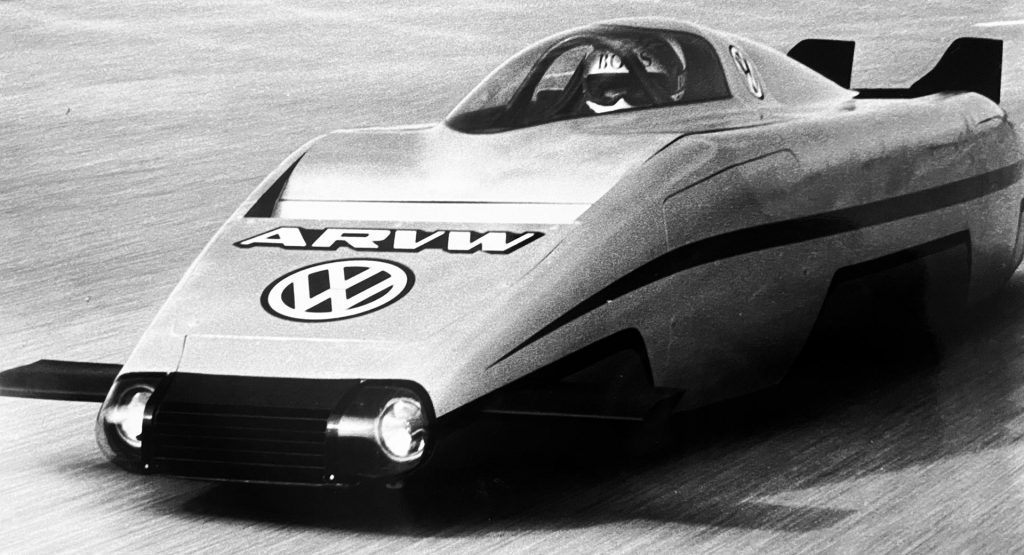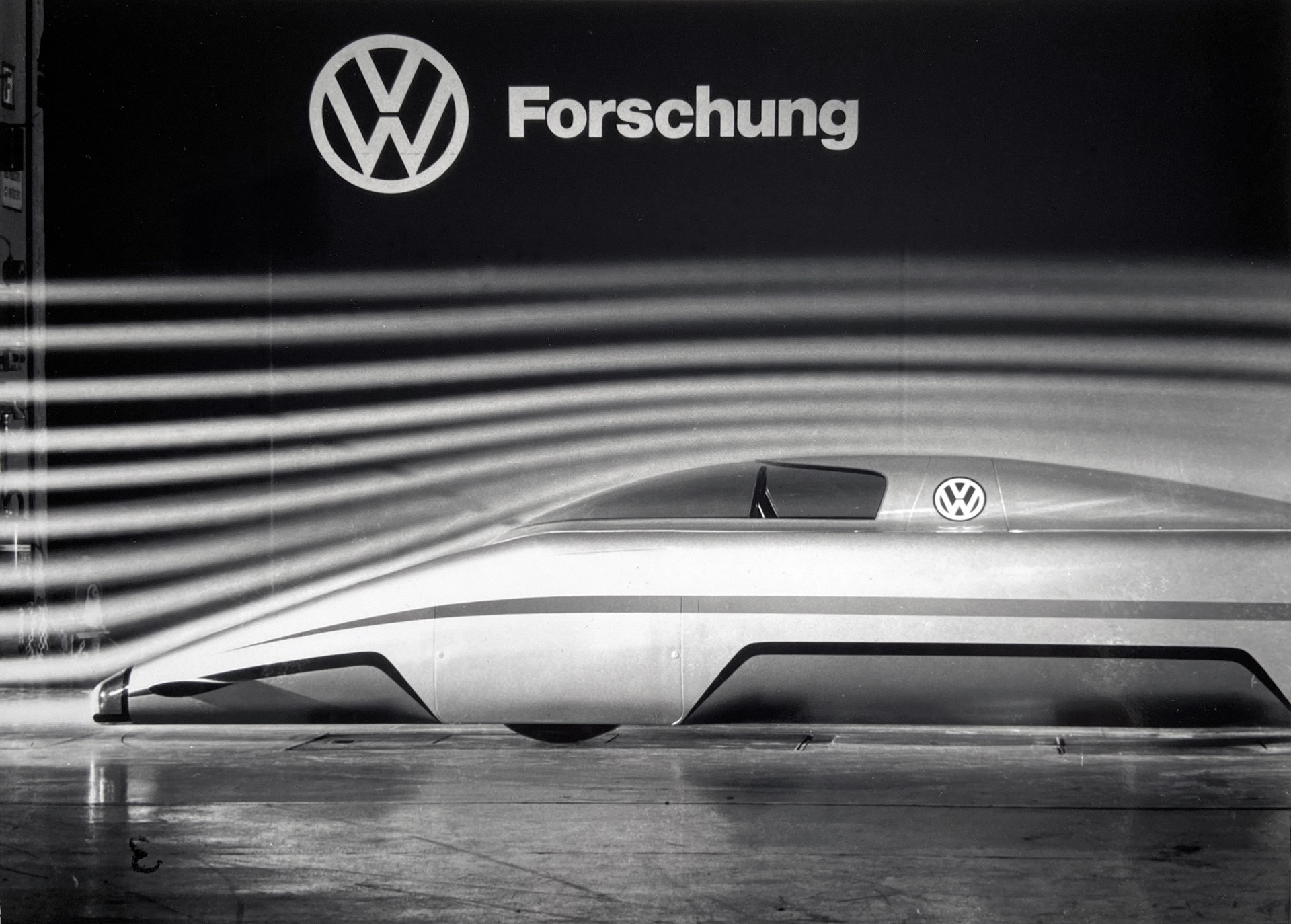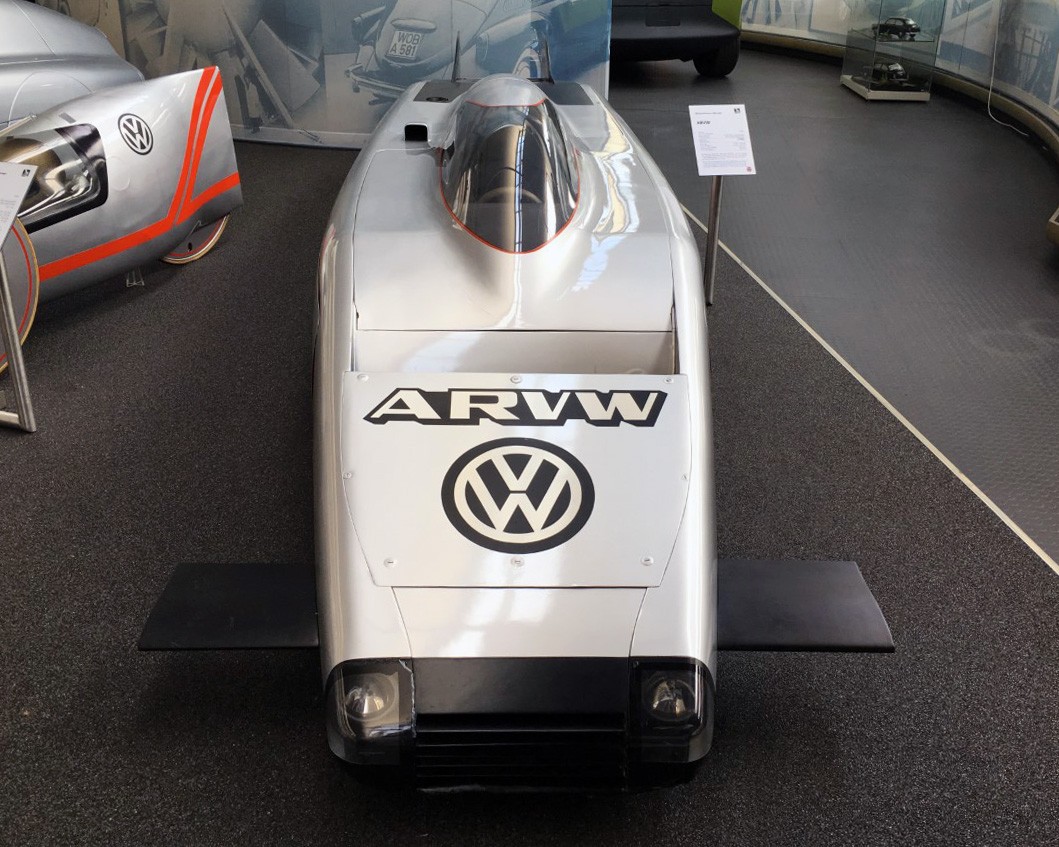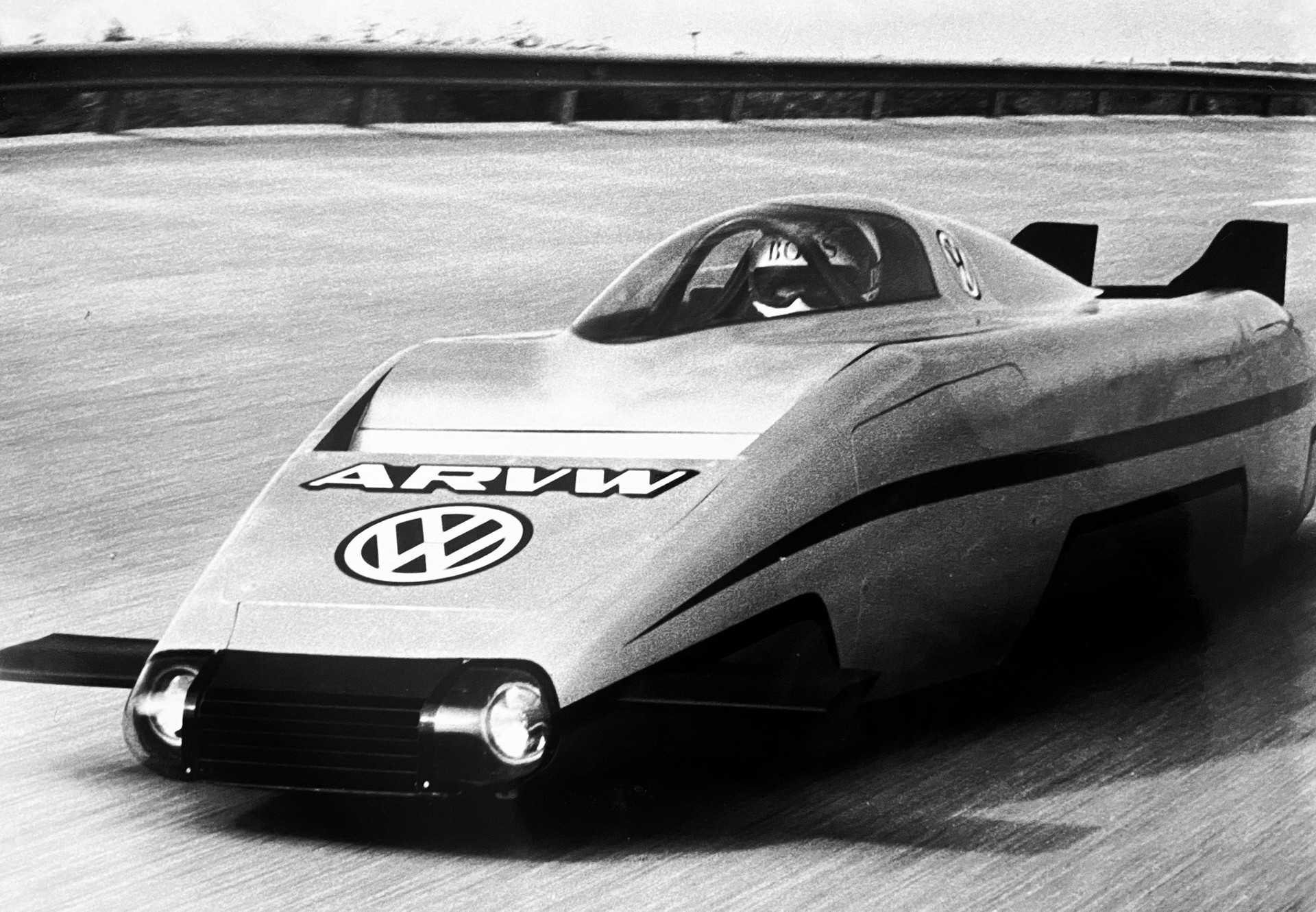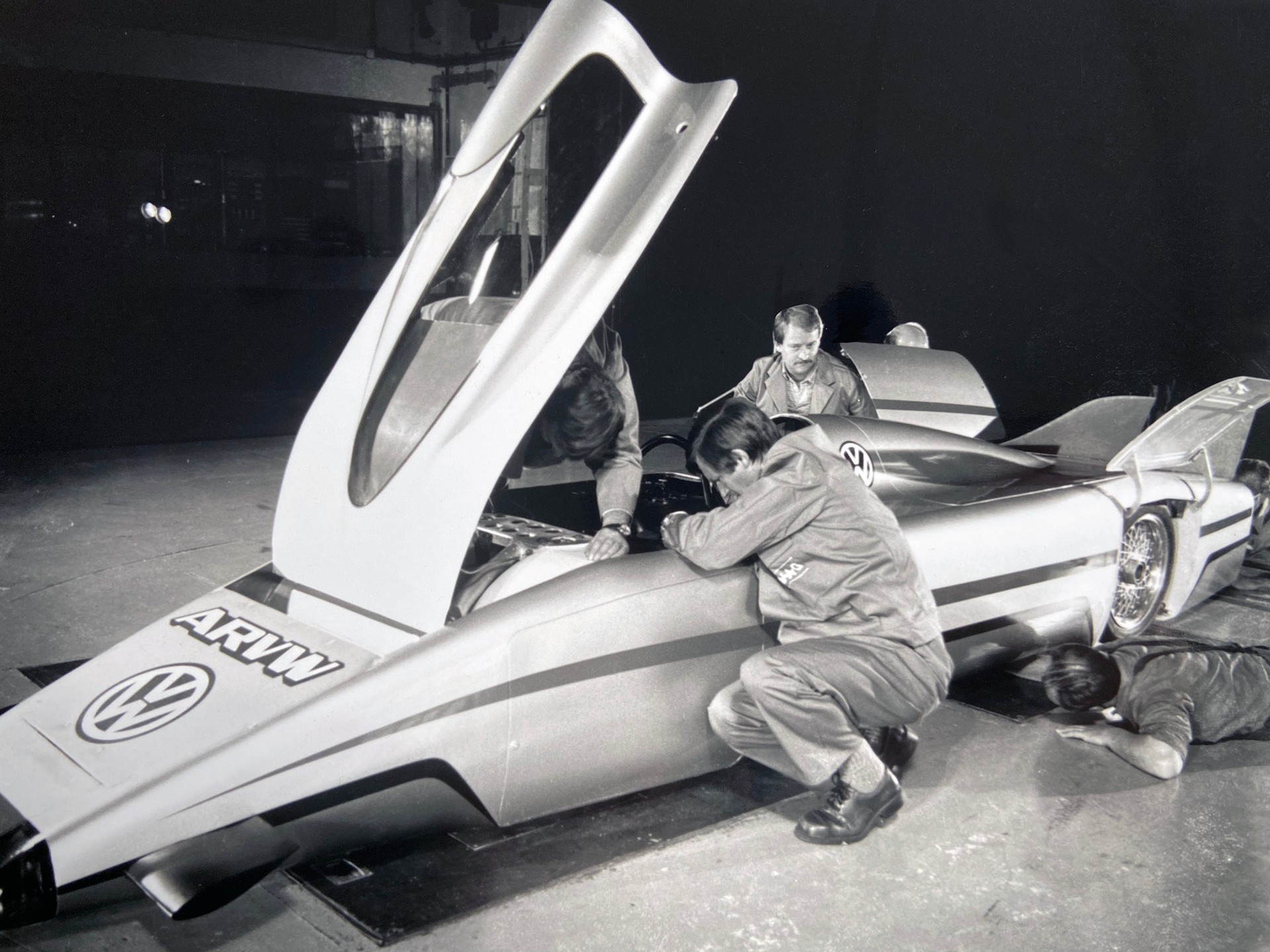Aerodynamics are becoming increasingly important as automakers need to meet stricter fuel economy and emission standards.
Despite this, Volkswagen’s most aerodynamic model was created nearly 40 years ago. We’re talking about the ARVW which was a lightweight single seater with a drag coefficient of just 0.15.
To put that number into perspective, in 2018, Mercedes bragged the A-Class Sedan had a drag coefficient 0.22 which was the “lowest drag of any production vehicle worldwide.” However, even that impressive number was beat years earlier as the Volkswagen XL1 had a drag coefficient of 0.189.
Also Read: Buy This Volkswagen XL1 And Turn Heads Wherever You Go
Of course, even the XL1 wasn’t as sleek as the ARVW which was created to “demonstrate how aerodynamics and lightweight vehicle construction could generate massive speeds from everyday power.” The idea was sparked by the oil crises of the 1970s, so engineers came up with a revolutionary car that was extremely aerodynamic and measured just 33 inches (838 mm) tall and 43.3 inches (1,100 mm) wide.
Besides its small dimensions, the car was equipped with hidden wheels and a flat underbody. The model also had moveable fins which helped to keep the vehicle stable at high speeds.
Wrapped in a fiberglass and carbon fiber body, the ARVW had a lightweight aluminum frame and a turbocharged 2.4-liter six-cylinder diesel engine which produced a relatively modest 177 hp (132 kW / 179 PS). The engine was mounted behind the driver and sent power to the rear wheels via a chain drive.
That latter wasn’t the only interesting feature as the ARVW also had an onboard water tank that injected water into the turbocharger’s intake. This aided in cooling and allowed the car to use less vents which could have made it less aerodynamic.
Despite its relatively modest engine, the ARVW was a record breaker as it hit 221 mph (355 km/h) within an hour of testing at the Nardo track in 1980. Later, it topped out at 225 mph (362 km/h).




